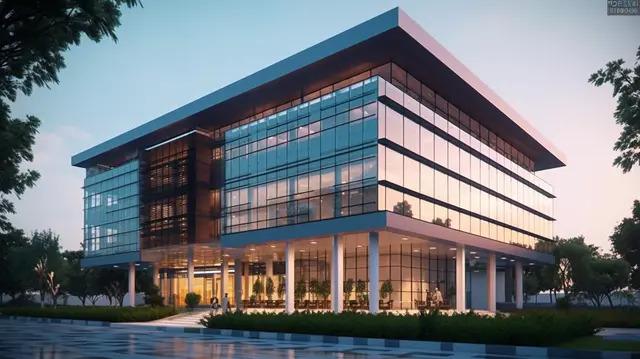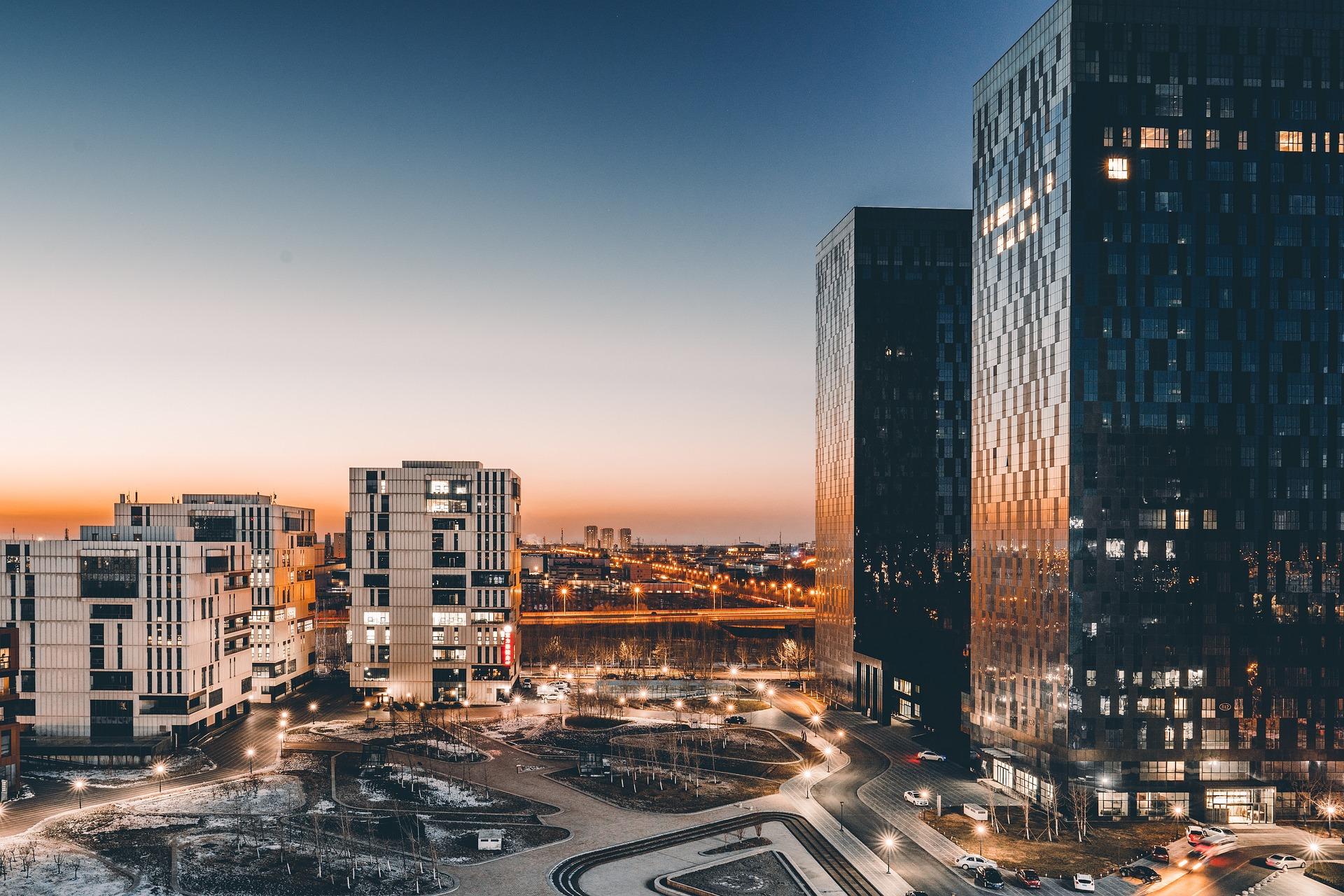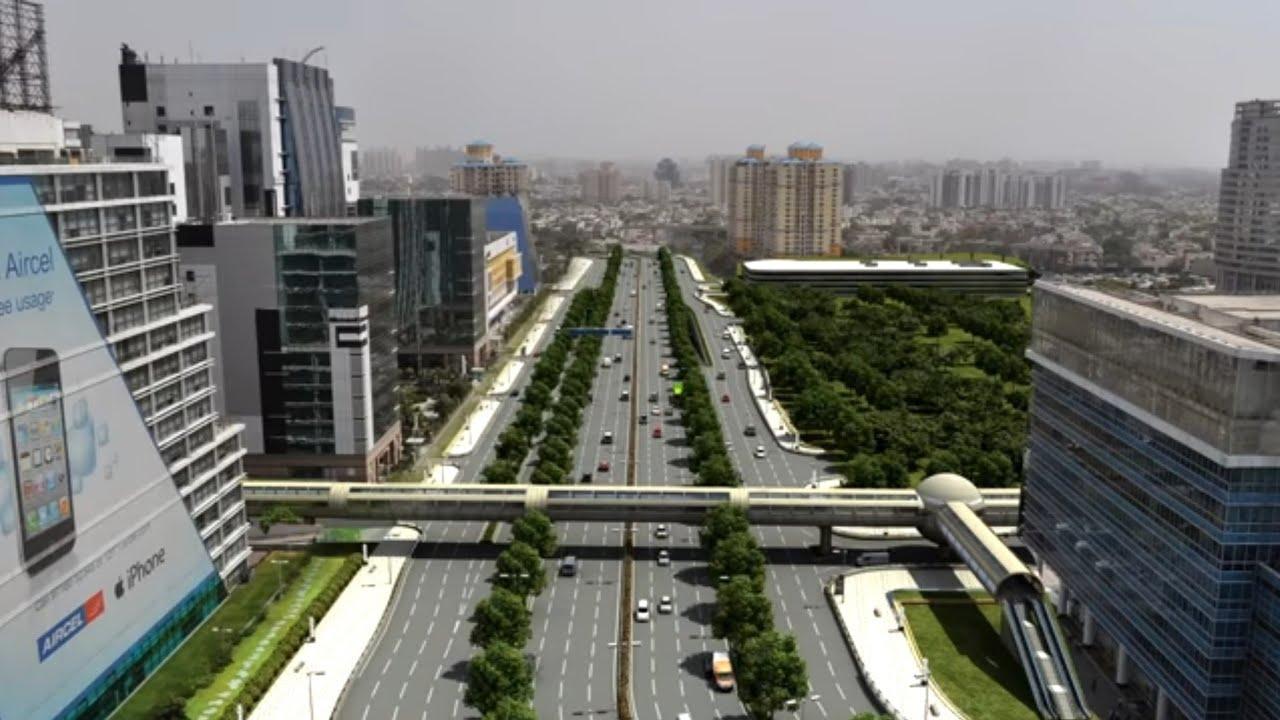
Making the Right Choice: Under Construction vs. Ready-to-Move Properties
Making the Right Choice: Under Construction vs. Ready-to-Move Properties
In the ever-evolving landscape of real estate, prospective homebuyers are often faced with the dilemma of choosing between under-construction and ready-to-move properties. Each option comes with its own set of advantages and disadvantages, making the decision a crucial one. At UrbanAge Landbase, we understand the significance of this choice and aim to shed light on the key factors to consider when making your decision.
Advantages of Purchasing an Under-Construction Property
-
Easier on the Pocket: One of the most significant advantages of opting for an under-construction property is the potential cost savings. Developers often offer attractive payment plans and discounts during the construction phase, making it more affordable for buyers.
-
Higher Returns: Investing in an under-construction property can yield higher returns in the long run. As the property appreciates in value during the construction phase, buyers stand to gain substantial returns on their investment when the project is completed.
-
RERA Compliance: With the implementation of the Real Estate (Regulation and Development) Act, 2016 (RERA), under-construction projects are now subject to stricter regulations, providing buyers with greater transparency and protection.
Advantages of a Ready-to-Move-In Property
-
Immediate Availability: Perhaps the most enticing aspect of ready-to-move properties is their immediate availability. Buyers can move in as soon as the transaction is completed, saving time and hassle associated with waiting for construction to finish.
-
You Get What You See: Unlike under-construction properties where the final outcome may differ from the initial plans, ready-to-move properties offer buyers the assurance of knowing exactly what they are getting. There are no surprises or uncertainties regarding the final product.
-
Free from GST Implication: Ready-to-move properties are exempt from Goods and Services Tax (GST), providing buyers with additional savings compared to under-construction properties where GST is applicable.
Disadvantages of an Under-Construction Property
-
Higher Risk: Investing in an under-construction property carries inherent risks, including project delays, legal disputes, and financial uncertainties. Buyers must carefully assess these risks before making a decision.
-
Discrepancy in the Final Product Layout/Features: Despite the best efforts of developers, there may be discrepancies between the promised features/layout and the final product. Buyers may end up with a property that does not meet their expectations.
-
GST Implication: Under-construction properties are subject to GST, which can significantly increase the overall cost for buyers. It's essential to factor in this additional expense when considering such properties.
-
Tax Implications: Buyers of under-construction properties may not be eligible for certain tax benefits until the construction is complete, delaying potential tax savings.
Disadvantages of a Ready-to-Move-In Property
-
High Cost: Ready-to-move properties typically come with a higher price tag compared to under-construction properties. Buyers must be prepared to invest more upfront for the convenience of immediate occupancy.
-
Quality of Construction: While buyers can inspect ready-to-move properties before making a purchase, there is still a risk of encountering quality issues that may not be apparent initially. It's crucial to conduct a thorough inspection to ensure the property meets standards.
-
Age of the Property: Ready-to-move properties may have been constructed several years ago, leading to wear and tear over time. Buyers should consider the age of the property and factor in any maintenance or renovation costs.
-
Exclusion from RERA: Unlike under-construction properties, ready-to-move properties are not covered under RERA, leaving buyers with fewer legal protections and avenues for recourse in case of disputes.
-
Capital Gains Tax: Buyers of ready-to-move properties may be liable to pay capital gains tax if they sell the property within a certain period after purchase, depending on the applicable regulations.
Frequently Asked Questions
-
Are home loan interest rates the same for ready and under-construction properties? Home loan interest rates may vary depending on the lender and the specific terms of the loan. However, they are generally similar for both ready and under-construction properties.
-
Is property price negotiable in the case of both ready and under-construction properties? Property prices are often negotiable, regardless of whether the property is ready-to-move or under-construction. Buyers can try to negotiate with the seller or developer to secure a better deal.
-
Are homebuyers eligible for a construction loan in an under-construction property? Yes, homebuyers can apply for a construction loan to finance the purchase of an under-construction property. The loan disbursal is usually linked to the construction progress and is subject to the lender's approval.
In conclusion, the choice between under-construction and ready-to-move properties depends on various factors, including budget, timeline, and risk tolerance. By weighing the advantages and disadvantages of each option and conducting thorough research, buyers can make an informed decision that aligns with their needs and preferences. At UrbanAge Landbase, we are committed to guiding our clients through every step of the homebuying process, ensuring a seamless and satisfying experience.





